内容目录
在现代互联网应用中,阅后即焚功能越来越受到用户的欢迎。本文将详细介绍如何使用 SpringBoot 实现图片阅后即焚功能,并提供一些常见的问题及其解决方案。
🌐 什么是阅后即焚?
阅后即焚是指用户上传的图片在被查看一次后自动删除,确保图片不会被长期保存,增加了隐私保护和安全性。
🛠️ 环境准备
1. 安装 Java 和 Maven
确保你的开发环境中已经安装了 Java 和 Maven。你可以使用以下命令检查安装情况:
java -version
mvn -v2. 创建 SpringBoot 项目
你可以使用 Spring Initializr(https://start.spring.io/)快速创建一个新的 SpringBoot 项目。选择以下依赖:
- Spring Web
- Spring Data JPA
- Thymeleaf(可选,用于前端展示)
3. 添加依赖
在 pom.xml 文件中添加必要的依赖:
<dependencies>
<dependency>
<groupId>org.springframework.boot</groupId>
<artifactId>spring-boot-starter-web</artifactId>
</dependency>
<dependency>
<groupId>org.springframework.boot</groupId>
<artifactId>spring-boot-starter-data-jpa</artifactId>
</dependency>
<dependency>
<groupId>org.springframework.boot</groupId>
<artifactId>spring-boot-starter-thymeleaf</artifactId>
</dependency>
<dependency>
<groupId>mysql</groupId>
<artifactId>mysql-connector-java</artifactId>
</dependency>
<dependency>
<groupId>org.apache.commons</groupId>
<artifactId>commons-io</artifactId>
<version>1.3.2</version>
</dependency>
</dependencies>🛠️ 数据库配置
1. 配置数据库连接
在 application.properties 文件中配置数据库连接:
spring.datasource.url=jdbc:mysql://localhost:3306/image_burner?useSSL=false&serverTimezone=UTC
spring.datasource.username=root
spring.datasource.password=your_password
spring.jpa.hibernate.ddl-auto=update
spring.jpa.show-sql=true
spring.jpa.properties.hibernate.dialect=org.hibernate.dialect.MySQL5InnoDBDialect2. 创建实体类
创建一个实体类 Image,用于存储图片信息:
import javax.persistence.*;
import java.util.Date;
@Entity
public class Image {
@Id
@GeneratedValue(strategy = GenerationType.IDENTITY)
private Long id;
private String fileName;
private String filePath;
private Date uploadDate;
// Getters and Setters
}3. 创建 Repository
创建一个 ImageRepository 接口,用于操作数据库:
import org.springframework.data.jpa.repository.JpaRepository;
public interface ImageRepository extends JpaRepository<Image, Long> {
}🛠️ 上传图片
1. 创建控制器
创建一个 ImageController,用于处理图片上传和查看请求:
import org.springframework.beans.factory.annotation.Autowired;
import org.springframework.core.io.Resource;
import org.springframework.core.io.UrlResource;
import org.springframework.http.HttpHeaders;
import org.springframework.http.ResponseEntity;
import org.springframework.stereotype.Controller;
import org.springframework.ui.Model;
import org.springframework.web.bind.annotation.*;
import org.springframework.web.multipart.MultipartFile;
import java.io.IOException;
import java.net.MalformedURLException;
import java.nio.file.Path;
import java.nio.file.Paths;
import java.util.Date;
@Controller
public class ImageController {
@Autowired
private ImageRepository imageRepository;
private final Path rootLocation = Paths.get("uploads");
@PostMapping("/upload")
public String handleFileUpload(@RequestParam("file") MultipartFile file, Model model) {
try {
if (file.isEmpty()) {
model.addAttribute("message", "Please select a file to upload.");
return "uploadForm";
}
byte[] bytes = file.getBytes();
Path path = this.rootLocation.resolve(file.getOriginalFilename());
java.nio.file.Files.write(path, bytes);
Image image = new Image();
image.setFileName(file.getOriginalFilename());
image.setFilePath(path.toString());
image.setUploadDate(new Date());
imageRepository.save(image);
model.addAttribute("message", "You successfully uploaded " + file.getOriginalFilename() + "!");
} catch (IOException e) {
model.addAttribute("message", "Failed to upload " + file.getOriginalFilename() + " => " + e.getMessage());
}
return "uploadForm";
}
@GetMapping("/view/{id}")
public ResponseEntity<Resource> viewImage(@PathVariable Long id) {
Image image = imageRepository.findById(id).orElseThrow(() -> new RuntimeException("Image not found"));
try {
Path filePath = Paths.get(image.getFilePath());
Resource resource = new UrlResource(filePath.toUri());
if (resource.exists() || resource.isReadable()) {
imageRepository.deleteById(id); // 删除图片记录
java.nio.file.Files.delete(filePath); // 删除文件
return ResponseEntity.ok()
.header(HttpHeaders.CONTENT_DISPOSITION, "attachment; filename=\"" + resource.getFilename() + "\"")
.body(resource);
} else {
throw new RuntimeException("Could not read the file!");
}
} catch (MalformedURLException e) {
throw new RuntimeException("Error: " + e.getMessage());
} catch (IOException e) {
throw new RuntimeException("Error: " + e.getMessage());
}
}
}2. 创建上传表单
创建一个 Thymeleaf 模板 uploadForm.html,用于上传图片:
<!DOCTYPE html>
<html xmlns:th="http://www.thymeleaf.org">
<head>
<title>Upload Image</title>
</head>
<body>
<h1>Upload an Image</h1>
<form method="POST" action="/upload" enctype="multipart/form-data">
<input type="file" name="file" />
<button type="submit">Upload</button>
</form>
<p th:text="${message}"></p>
</body>
</html>🛠️ 查看图片
1. 创建查看页面
创建一个 Thymeleaf 模板 viewImage.html,用于查看图片:
<!DOCTYPE html>
<html xmlns:th="http://www.thymeleaf.org">
<head>
<title>View Image</title>
</head>
<body>
<h1>View Image</h1>
<img th:src="@{/view/{id}(id=${id})}" alt="Uploaded Image" />
</body>
</html>🛑 常见问题及解决方案
问题1:图片上传失败
解决方案:
- 检查文件路径:确保
rootLocation路径存在且可写。 - 检查文件大小:确保上传的文件大小在允许范围内。
- 检查文件类型:确保上传的文件类型是支持的图片格式。
问题2:图片查看失败
解决方案:
- 检查文件路径:确保文件路径正确且文件存在。
- 检查数据库记录:确保数据库中有对应的图片记录。
- 检查权限:确保服务器有读取文件的权限。
问题3:图片删除失败
解决方案:
- 检查文件路径:确保文件路径正确且文件存在。
- 检查文件权限:确保服务器有删除文件的权限。
- 检查数据库记录:确保数据库中有对应的图片记录。
问题4:性能问题
解决方案:
- 优化文件存储:使用云存储服务(如 AWS S3)存储图片,减少服务器负载。
- 异步处理:使用异步任务处理图片上传和删除,提高响应速度。
问题5:安全性问题
解决方案:
- 文件名验证:对上传的文件名进行验证,防止恶意文件上传。
- 文件类型验证:对上传的文件类型进行验证,确保是合法的图片格式。
- 文件大小限制:设置上传文件的大小限制,防止大文件占用过多资源。
🎓 结论
通过本文的介绍,你应该已经了解了如何使用 SpringBoot 实现图片阅后即焚功能。无论是上传图片、查看图片还是删除图片,都有具体的代码示例和解决方案。希望这些知识能帮助你在实际开发中更好地实现阅后即焚功能,提升应用的安全性和用户体验!
如果你有任何疑问或需要进一步的帮助,请在评论区留言。期待与你交流!🌟



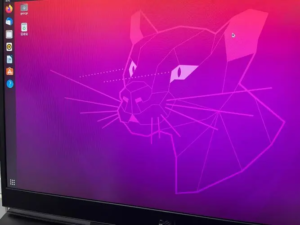
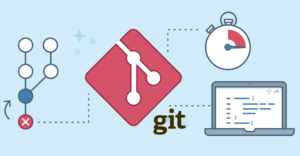




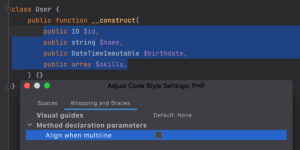







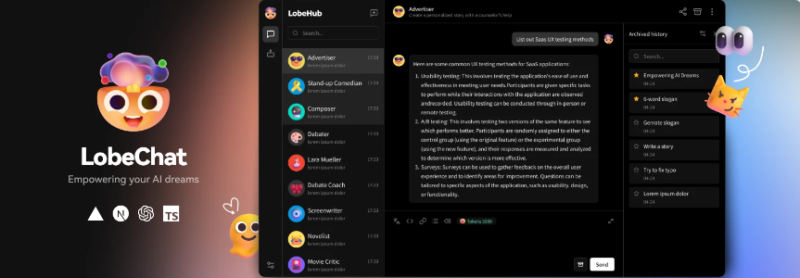
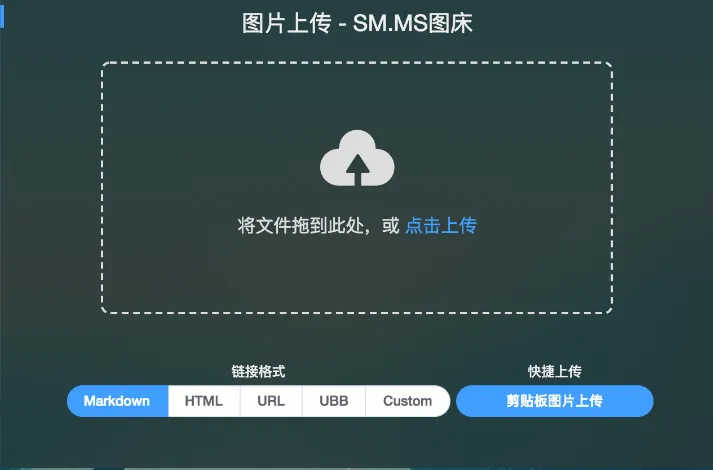
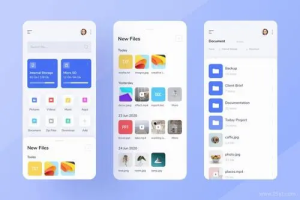
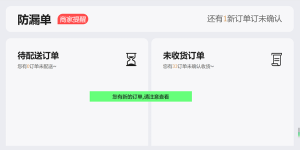


















暂无评论内容